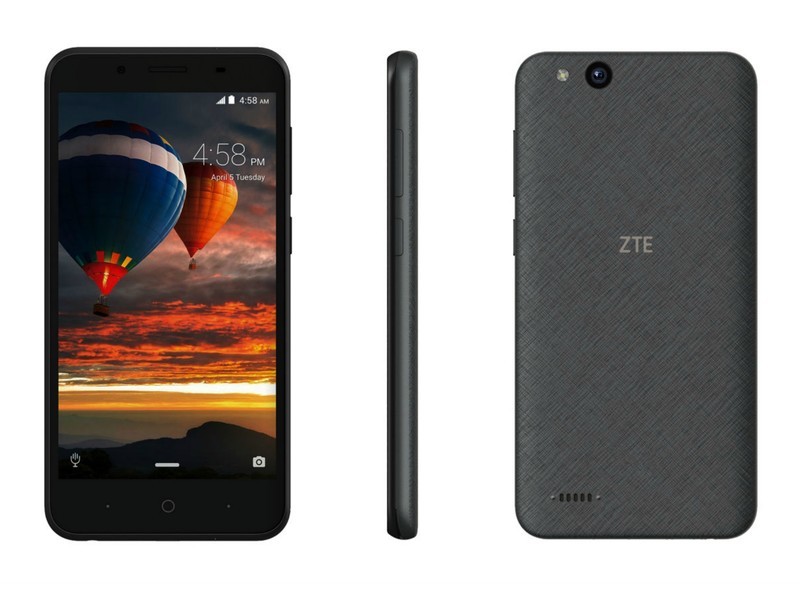Most new Android phones are characterized by their affordable price yet powerful and capable device. However, Google’s new Android Go phone powered by ZTE (ZTE Tempo Go) is a handset targeted toward the popularly savvy market of the US, instead of the traditional emerging market move made by Android phones.
This move was made based on a specific market individual, for those people that look for a basic communication that can also bring internet into their pockets comes the ZTE Tempo GO. After looking into Nokia, Alcatel, and General Mobile, Google’s scout party finally put their trust in ZTE and thought of them as apt for the development of this state-of-the-art Android device.
ZTE Tempo Go: specs and features
The ZTE Tempo Go and its Android Go software has major differences in comparison to other Android devices. This one features Google’s AI assistant running on a 1.1 GHz quad-core Qualcomm Snapdragon 210, 1 GB of RAM and only 8 GB of storage with a 5.0 screen with a display of 854×480 FWVGA.
The main letdown yet less relevant feature of the device is its 5-megapixel camera and 2-megapixel front shooter, although it is quite a catch if its market value of $79.00 is taken into consideration. The advantage of this model running Android Go is that this is not a standard “low-end” smartphone. In fact, it is a smartphone that meets its target given the limitations.
Android Go: what is it and how does ZTE use it?
Google announced last spring that it wouldn’t let Android phones perish, so they decided to give another go to this operating system, and the first Android Go phone was announced by Alcatel with the X1 model. However, this device is actually designed to function as a budget, which means it is meant to impress on value instead of remaining as a “first choice” for enthusiasts.
Android Oreo was released for Nexus 5X, Nexus 6P, Nexus Player, Pixel C, and both Pixel smartphones, but the ZTE Tempo offers the latest and most sophisticated Oreo version, Android 8.1 Oreo, more up-to-date than even some more expensive flagships.
Android Oreo Go is designed to run in phones with 1GB of RAM or less, which makes the device a low-end smartphone. However, the advantage shown by this “less sophisticated” device is that simple touch which enables less data consumption, and a Google feature designed to consume fewer resources in general.
Source: ZTE



